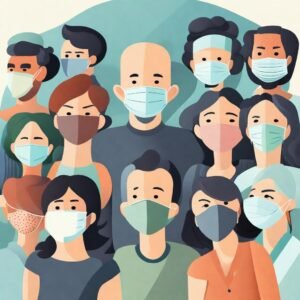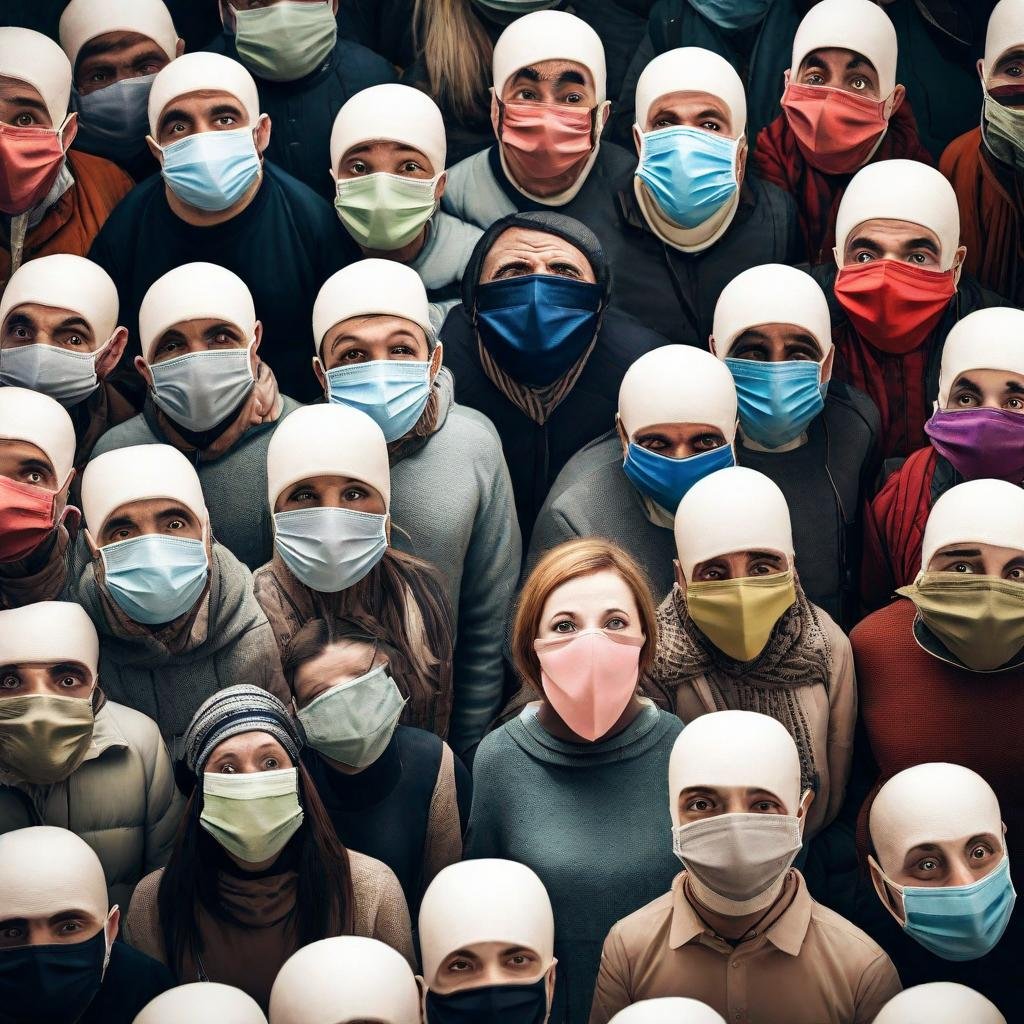As the world continues to grapple with the COVID-19 pandemic, new variations of the virus keep emerging, challenging our efforts to combat its spread. The latest to join this list is the JN.1 variant, which is now causing concern in the United States and several other countries.
The Emergence of JN.1
The JN.1 variant, a descendant of the Omicron family substrain BA.2.86, also known as Pirola, was first detected in the United States this summer. Since its introduction, it has quickly become a significant contributor to the rising number of COVID-19 cases. According to the latest data from the Centers for Disease Control and Prevention (CDC), released on December 9, JN.1 accounts for at least 20% of all cases, a significant jump from just 8% of cases previously.

Why is JN.1 spreading rapidly?
The rapid spread of JN.1 could be attributed to its higher transmissibility or its ability to evade existing immunity more effectively. This raises concerns, especially as we approach the holiday season, a time when many plan to visit family and friends.
Symptoms to Watch Out For
It’s important to note that so far, JN.1 has not been linked to a more severe illness or significantly different symptoms compared to other COVID-19 strains. However, its symptoms can be easily mistaken for those of flu, colds, or other respiratory infections.
While JN.1 has not been linked to a more severe illness, its symptoms are similar to those of other COVID-19 strains and can be easily mistaken for the flu or common cold. Key symptoms include:
- Cough (reported in approximately 60% of cases)
- Hoarse voice (30%)
- Headache (45%)
- Body aches (50%)
- Fever (40%)
- Changes in or loss of smell (25%)
- Nasal congestion (55%)
- Fatigue (70%)
- Brain fog (20%)
- Shortness of breath (30%)
- Symptoms of irritable bowel syndrome (15%)

Prevention and Treatment
Despite JN.1 being a mutant strain, the latest vaccines and treatments are expected to be effective against it. However, it’s crucial to seek medical attention immediately if you experience any breathing difficulties, as these could indicate a more severe infection.
Staying Vigilant
As we navigate this ongoing pandemic, it’s essential to stay informed and vigilant. The CDC’s guidance and data are continuously updated, providing valuable information to help us protect ourselves and our loved ones. Remember, your immunity and medical history can significantly influence the type and severity of symptoms you may experience, regardless of the COVID-19 variant.
The latest data available,
The United States appears to have the most COVID-19 cases, including those from the JN.1 variant. According to World meter’s weekly trends, the United States reported 66,350 new cases in a recent week, a significant number compared to other countries listed. This data suggests that the U.S. is currently experiencing a higher rate of COVID-19 cases compared to other nations.
Safety and Precautions
The JN.1 variant of COVID-19, a descendant of the Omicron subvariant BA.2.86, is currently being monitored for its spread and impact. As of December 2023, it’s the fastest-growing variant in the United States, accounting for an estimated 15–29% of cases. This variant is similar to BA.2.86, with only one change in the spike protein. The spike protein is a target for vaccines, suggesting that current vaccines should be effective against JN.1 as well.
In terms of contagion, while JN.1 is reportedly more transmissible than other circulating variants, its public health risk remains low for severe illness compared to other variants. However, with the winter and holiday seasons presenting more opportunities for virus spread, monitoring continues.
Symptoms of JN.1 are believed to be similar across COVID-19 variants and include cough, sore throat, congestion, runny nose, sneezing, fatigue, headache, muscle aches, and an altered sense of smell. The severity of symptoms typically depends on an individual’s immunity and overall health.
To protect against JN.1, BA.2.86, and other Omicron subvariants, it’s crucial to stay up-to-date with COVID-19 vaccinations. Vaccinations provide protection from severe disease, hospitalization, and death. Alongside vaccinations, maintaining standard COVID-19 precautions like mask-wearing, good hygiene practices, and avoiding crowded places is recommended.


